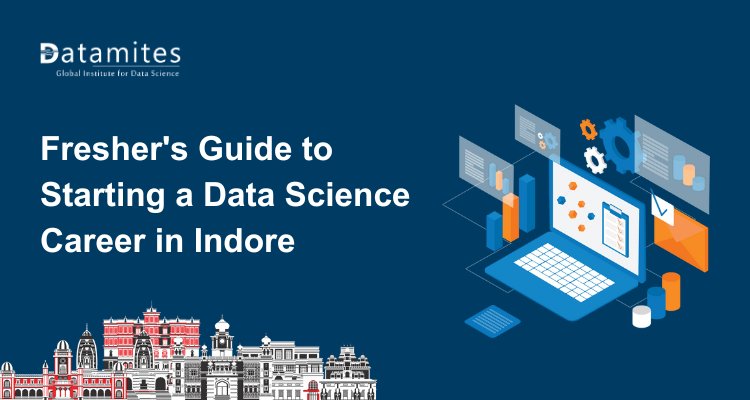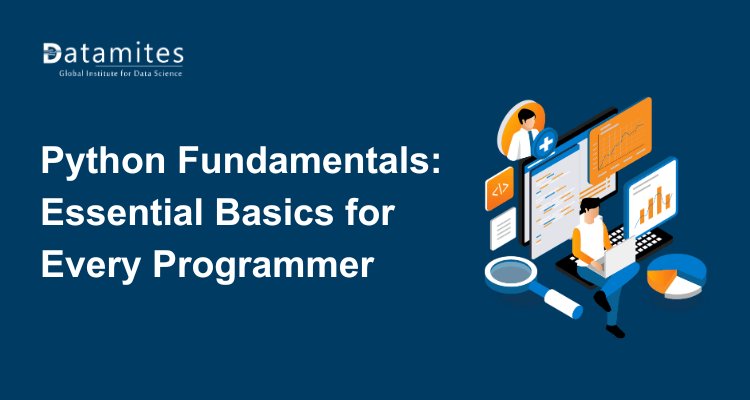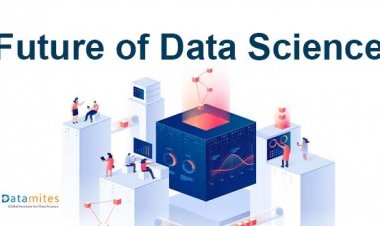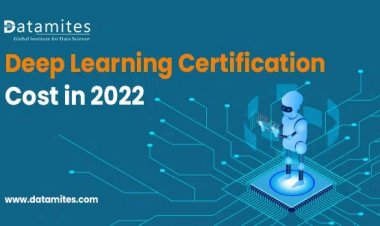Data Analytics in the Age of Big Data & Machine Learning
Discover how Data Analytics is revolutionizing the digital age through Big Data and Machine Learning. Dive into powerful tools, real-time processing, industry-specific applications, and emerging trends that are shaping the future of data-driven decision-making across various sectors.
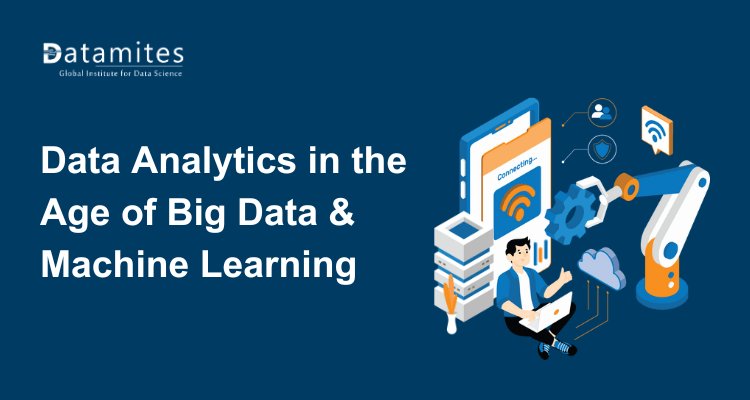
In today’s data-driven world, organizations generate and consume massive volumes of information daily. Navigating this complexity requires the convergence of data analytics, Big Data, and Machine Learning (ML). As businesses strive to remain competitive and agile, the strategic integration of these technologies fuels smarter decisions, operational efficiency, and predictive intelligence.
This article explores how Big Data analytics and Machine Learning are reshaping industries, the lifecycle of big data analytics, the essential tools involved, and real-world applications that highlight their synergy.
Understanding Big Data Analytics
To grasp the concept of Big Data and data analytics, it's essential to understand The 5 Vs of Big Data defining characteristics:
1. Volume
- Big Data involves processing enormous volumes of data generated every second from sources like social media, IoT devices, and transactions.
- Organizations need to efficiently store and manage vast amounts of data, ranging from petabytes to exabytes.
2. Velocity
- Data is being created at an unprecedented rate, demanding processing in real-time or near-real time.
- Fast data streams like stock markets or sensor data demand rapid analysis and response.
3. Variety
- Big Data comes in many formats—structured data from databases, unstructured data from videos or emails, and semi-structured like JSON files.
- Handling this diversity requires flexible tools and platforms.
4. Veracity
- Not all data is trustworthy—there can be noise, biases, or inconsistencies.
- Maintaining data quality and credibility is essential for reliable and accurate analysis.
5. Value
- The ultimate goal is to derive meaningful insights that drive business decisions and innovation.
- Raw data alone has little worth until it's transformed into actionable intelligence.
Big Data Analytics Lifecycle
The Big Data analytics lifecycle encompasses several stages that transform raw data into meaningful insights:
1. Data Ingestion
- Data ingestion involves collecting large volumes of data from varied sources such as APIs, databases, logs, and social media streams.
- It is the initial step that guarantees efficient entry of real-time or batch data into the analytics pipeline.
2. Data Preparation
- This stage involves cleaning, transforming, and integrating raw data to make it analysis-ready.
- It ensures consistency, accuracy, and structure to support high-quality analytics outcomes.
3. Exploration
- Exploratory Data Analysis (EDA) helps discover patterns, correlations, and anomalies using tools like Python or R.
- It provides a fundamental understanding of the data, forming the basis for building effective models.
4. Modeling
- Machine learning algorithms are applied to create predictive or descriptive models from the processed data.
- This phase delivers data-driven insights for decision-making and forecasting.
5. Visualization
- Insights are translated into visual formats such as charts, graphs, and dashboards using tools like Tableau or Power BI.
- It helps stakeholders quickly grasp complex findings and trends.
6. Lifecycle Management
- Ongoing monitoring, model retraining, and data quality checks ensure sustained accuracy and relevance.
- It ensures the sustained performance and reliability of the Big Data system over time.
- The Big Data analytics lifecycle ensures continuous insights, accuracy, and decision-making power.
Role of Machine Learning in Data Analytics
Machine Learning plays a pivotal role in enhancing data analytics by enabling systems to learn from data and make accurate predictions without explicit programming. According to MarketsandMarkets, the global AI in analytics market is projected to grow from USD 13.5 billion in 2023 to USD 38.8 billion by 2028, with a (CAGR) of 23.3%.
How ML Enhances Analytics
Machine Learning is the secret sauce that transforms raw data into powerful, predictive intelligence—turning hindsight into foresight.
1. Predictive Modeling
- Machine Learning algorithms analyze historical data to forecast future outcomes with high accuracy.
- This empowers businesses to accurately forecast customer behavior, sales patterns, and market changes.
2. Pattern Recognition
- ML identifies intricate patterns and hidden correlations within vast datasets that humans might overlook.
- It’s especially useful in spotting anomalies, consumer preferences, and operational inefficiencies.
3. Automation
- Machine Learning automates repetitive and time-consuming analytical tasks like fraud detection and customer segmentation.
- This not only accelerates decision-making but also ensures consistent, real-time insights.
These capabilities enable businesses to transition from reactive to proactive approaches.
Read the articles below:
- Top skill for Data analyst: Python, Excel, SQL
- Top Industries Hiring Data Analysts in 2025
- How to Become a Data Analyst With No Experience
Key Tools and Technologies
Effective implementation of Big Data analytics and Machine Learning relies on powerful tools that every data analyst should learn and leverage the technologies to improve the productivity:
Apache Hadoop
A scalable, open-source framework used for distributed storage and processing of large datasets. It efficiently handles vast volumes of structured and unstructured data across clusters of computers.
Apache Spark
Renowned for its in-memory computing capabilities that speed up data processing tasks. It supports real-time analytics, machine learning, and stream processing.
Apache Mahout
A machine learning library based on Hadoop, designed for creating scalable algorithms. It is ideal for clustering, classification, and collaborative filtering on big data.
Python
A flexible language known for its ease of use and extensive collection of data libraries. Popular libraries like Pandas, NumPy, and Matplotlib make it powerful for analytics and visualization.
R
Specialized for statistical analysis and data visualization, especially in research environments. It offers a wide range of packages for linear and non-linear modeling, time-series analysis, and more.
SQL
The core language used for querying and managing data within relational databases. Essential for data extraction, manipulation, and analytical queries in traditional systems.
Tableau
A top-tier data visualization tool that turns raw data into interactive dashboards. It helps uncover insights through dynamic charts, maps, and graphs without deep coding knowledge.
SAS
An enterprise-level analytics platform known for its advanced statistical and predictive modeling tools. Widely used by large organizations for data mining, forecasting, and complex decision-making.
Mastering these tools empowers professionals to extract actionable insights, drive intelligent decisions, and stay competitive in the ever-evolving world of Big Data and Machine Learning.
Integration of Big Data, Machine Learning & Analytics
The convergence of Big Data, Machine Learning, and data analytics enables organizations to unlock deeper insights and drive innovation.
How Big Data Powers ML Models
Big Data provides the vast and diverse datasets necessary to train ML models effectively. As models are trained on larger datasets, their predictions improve in accuracy.
ML Enabling Deeper and Faster Analytics
ML algorithms can quickly analyze complex datasets to discover hidden insights, making analytics not only deeper but also significantly faster.
Real-Time Analytics and Decision-Making
With real-time analytics, businesses can react instantly to market changes, user behavior, and operational anomalies. This is particularly valuable in fields such as e-commerce, healthcare, and financial services.
Real-World Applications
The real-world implications of Big Data analytics and Machine Learning are vast and transformative across various industries:
Healthcare:
- Predictive analytics enables early detection of disease outbreaks, anticipates patient readmissions, and assesses treatment success.
- Real-time analytics enhances monitoring of patient vitals and supports faster emergency response.
Finance:
- Machine learning aids in detecting fraud through anomaly and pattern recognition.
- Risk assessment and portfolio optimization are driven by analysis of historical financial data.
E-commerce:
- Data-driven personalization offers tailored product recommendations to users.
- Real-time analytics optimize inventory management and enable dynamic pricing strategies for better customer engagement and sales.
The World Economic Forum’s Future of Jobs Report 2023 reveals that AI and big data specialists, including data analysts with AI expertise, are expected to be among the top 10 most sought-after job roles from 2023 to 2027.
Case Studies
Real-world case studies showcase the transformative impact of Big Data and Machine Learning across industries:
- Netflix harnesses machine learning algorithms to enhance its recommendation system, significantly boosting user engagement and personalized content delivery.
- Amazon utilizes Big Data analytics to streamline its supply chain operations and accurately predict inventory needs, ensuring efficiency and customer satisfaction, as per the case study by Research Gate.
These datasets are ideal for learning data analysis and interpretation and developing practical projects.
Refer to the articles:
- Top IT Courses in Pune
- Top IT Courses in Hyderabad
- Top IT Courses in Chennai
- Top IT Courses in Bangalore
In an era defined by information overload, Data Analytics, powered by Big Data and Machine Learning, is the compass guiding organizations toward clarity and innovation. From predictive analytics in healthcare to real-time decisions in finance, the possibilities are endless.
By embracing modern analytics tools and understanding the lifecycle from ingestion to visualization, professionals and organizations can harness the full potential of data. The future belongs to those who can interpret the past, understand the present, and predict the future—all through the lens of data.
Joining an Data Analyst course in Bangalore and leading tech cities such as, Chennai, Pune, Hyderabad, Ahmedabad, Coimbatore, Delhi, Jaipur, and Mumbai provides practical industry exposure, valuable networking opportunities, and improved career prospects—creating a strong pathway toward success in data analysis and software development.
DataMites Institute stands as a premier destination for quality education in the fields of Data Science, Python Programming, Data Analytics, Machine Learning, and Artificial Intelligence. Renowned for its industry-aligned, job-oriented curriculum, DataMites offers live training sessions that blend theoretical knowledge with practical application. Learners benefit from flexible learning modes, with options for both online and offline classroom training to suit diverse schedules and preferences.
At DataMites, education goes beyond the classroom. Students engage in real-time projects and gain valuable exposure through internship opportunities, ensuring they graduate with hands-on experience and job readiness. The institute takes pride in being accredited by IABAC and NASSCOM FutureSkills, reinforcing the global credibility of its certifications and training standards.
DataMites Institute offers offline Data Analyst courses in Hyderabad but also in major cities such as Pune, Bangalore, Ahmedabad, Jaipur, Coimbatore, Delhi, and Mumbai—providing flexible and accessible learning options for aspiring professionals across the country.
Whether you're a beginner or a professional aiming to upskill, DataMites empowers you with the expertise and confidence to thrive in the competitive tech industry.

